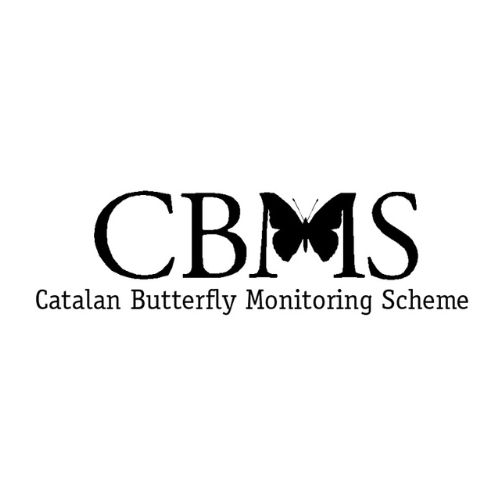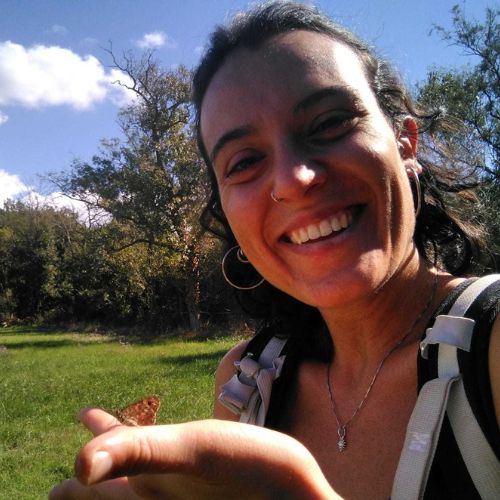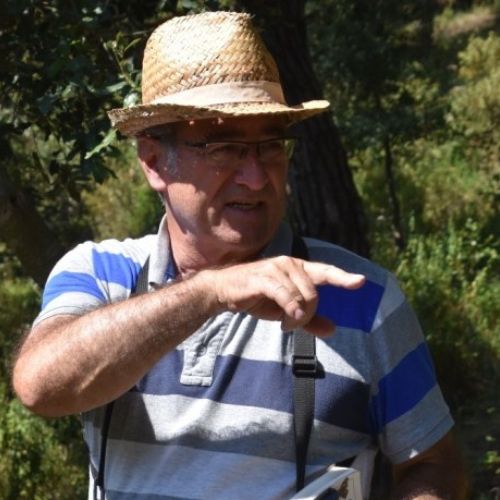Catalan Butterfly Monitoring Scheme - CBMS
The effects of global change have been documented for a wide range of taxa, of which butterflies are one of the best studied groups ever since research into this question began. The short life-cycles and high reproduction rates, the strong specialization of host plants showing the larvae of many species, and a remarkable sensitivity to climate as ectothermic animals, together with the availability of long-term databases covering large geographical areas generated by citizen science projects, have made this group a perfect study model. Butterfly monitoring has importantly contributed in the last decades to various fields of ecological research, including population dynamics and the impact of climate change on phenology and distribution. In addition, it has provided a lot of information on habitat management to promote biodiversity and, more generally, in the field of conservation biology.
The Catalan Butterfly Monitoring Scheme (CBMS) was launched in 1994, with the support of the Generalitat de Catalunya, to monitor butterfly populations and to know in detail the changes in the abundance of butterflies from the weekly repetition of visual censuses along fixed transects (e.g. the so-called Pollard walks). Initially, the monitoring network consisted of 11 sampling stations located in the northeast quadrant of Catalonia (NE Spain), but over the years this number has been increasing to over 200, and data are currently being collected in much of Catalonia, the Balearic Islands and Andorra. Information is also collected on the plant communities at the recording sites, which, through a periodic update, allows to document the environmental changes at the level of each census route. After three decades, the CBMS has made it possible to build one of the most important databases on Spanish biodiversity and also on the ecology of butterflies in the Mediterranean region. Data from the CBMS is regularly combined with data from other similar schemes throughout Europe to understand the effects of global change at larger spatial scales.












